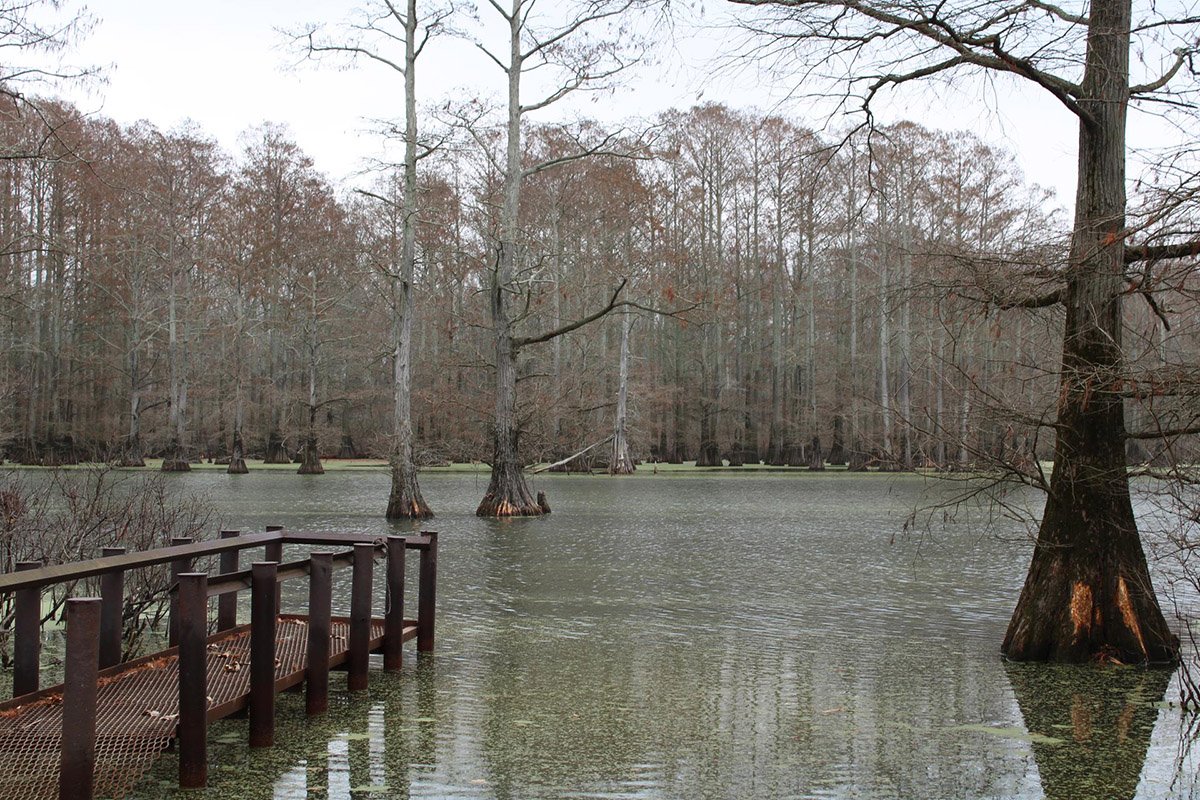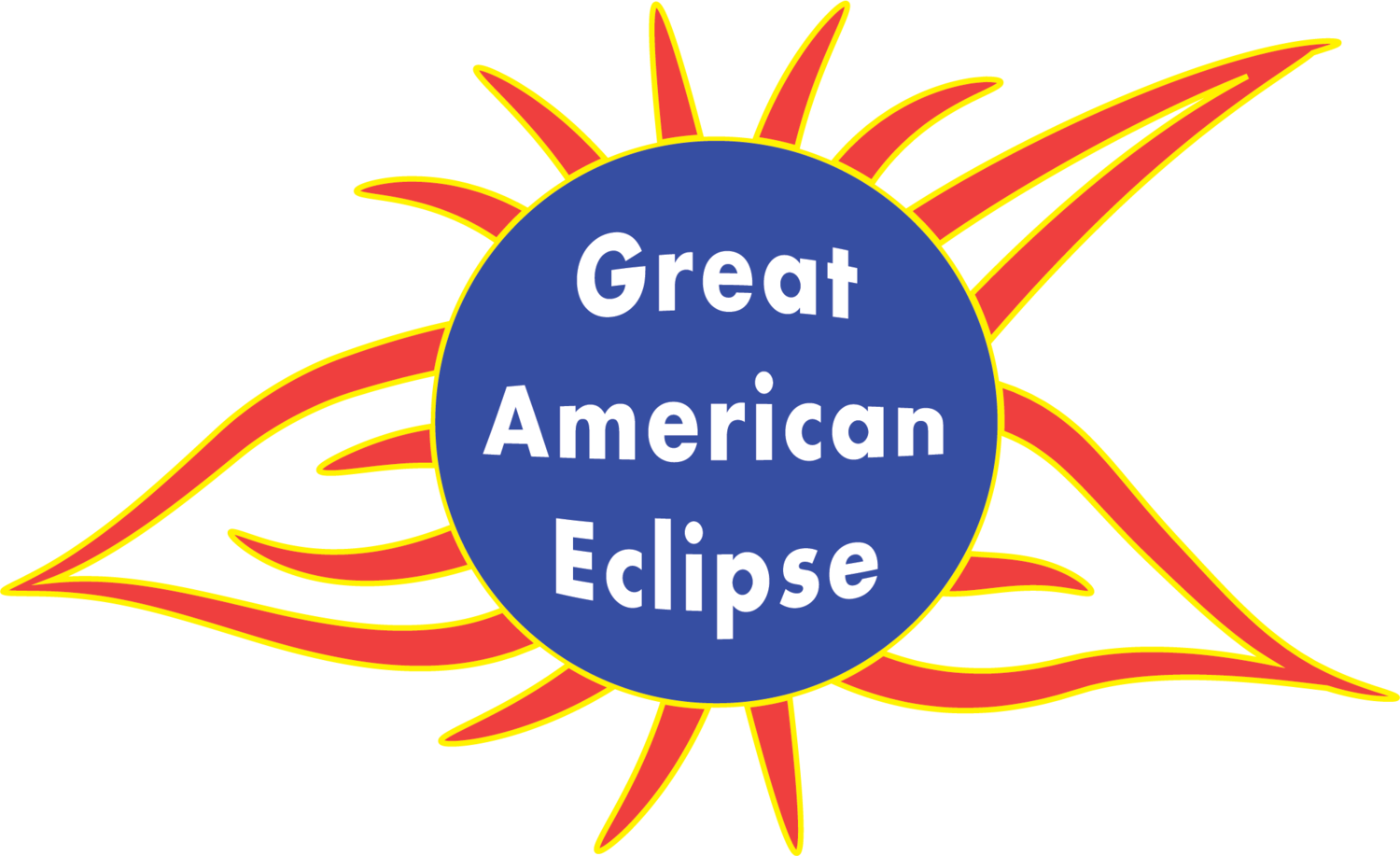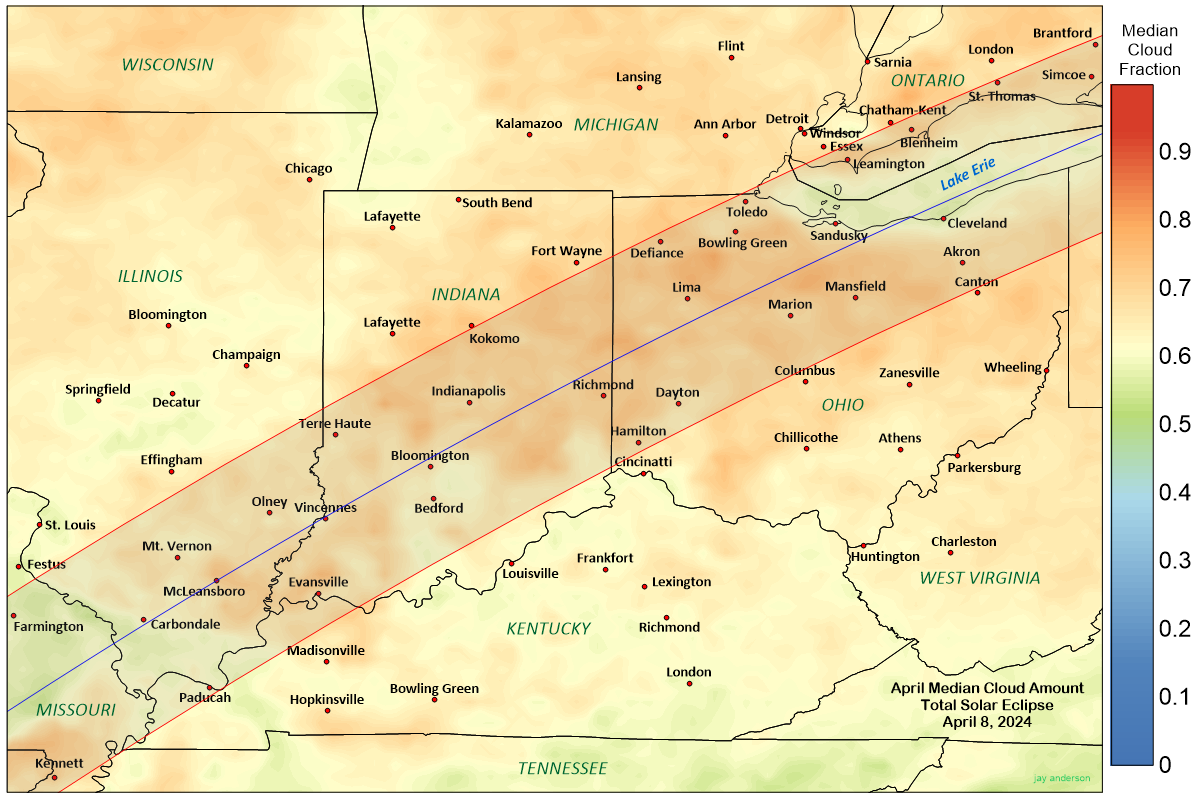Come fly with the Moon’s shadow! Everyone inside the shadow will experience the breathtaking sight of the Sun’s corona during the total solar eclipse of April 8, 2024.
This animation simulates a view of the total eclipse from a spacecraft 100 miles high, chasing the shadow along its arc.
Total Solar Eclipse over Kentucky on April 8, 2024
This map is available at www.greatamericaneclipse.com/eclipse-maps-and-globe/kentucky-2024-state-map
Southwestern Kentucky gets to witness a total solar eclipse! Be prepared to see the greatest sight nature offers, a total eclipse of the Sun. Be sure to get inside the path of totality for the full experience.
Simply put, a total eclipse of the Sun is the most beautiful sight you will ever see in the sky. Nothing can prepare you for the amazing sight when the sky suddenly darkens and the Sun’s corona shines in the sky. No photograph can capture the stunning beauty of a total solar eclipse, you must see it for yourself. Learn about the basics of the solar eclipse at greatamericaneclipse.com/basics and find out more about the wonder of eclipses at greatamericaneclipse.com/splendor. Find your copy of this map here.
The key city inside the path of totality is Paducah on the Ohio River. The winding course of the Ohio River goes in and out of the path of totality several times.
For eclipse viewing, mobility is essential especially in case of inclement weather. Interstate 24 gives easy access to southern Illinois from Paducah if relocation is necessary due to local clouds.
The total solar eclipse visits Kentucky on April 8, 2024 beginning at 1:58 pm CDT with the final exit of the Moon’s shadow from the state at 2:01 pm CDT. Through Kentucky, the speed of the Moon’s shadow will accelerate from about 1830 miles per hour to about 1960 miles per hour.
Tips for viewing the eclipse
Get your eclipse glasses early! They will sell out in the weeks before eclipse day. We offer eclipse glasses which are ISO 12312-2 certified and made in the USA at www.greatamericaneclipse.com/eclipse-viewing/eclipse-viewing-glasses
Learn the simple methods to safely view a solar eclipse. Visit eclipse.aas.org/eye-safety for detailed instructions.
Plan ahead. If you choose to stay in a hotel, be aware that most will sell out. A perfect guide to planning your eclipse is our field guide, greatamericaneclipse.com/books/field-guide-to-the-2023-and-2024-solar-eclipses.
Get to your destination early and try to spend eclipse night at or near your viewing location. Expect the highways and freeways to be extra busy in the aftermath of totality.
Be self-sufficient. Fill up your gas tank and bring food and water.
Check the local TV weather reports as eclipse day approaches. The meteorologists will give you great advice on viewing the eclipse and whether you may need to relocate. We recommend eclipsophile.com as the essential site for eclipse meteorology.
Unless you are an experienced photographer, we recommend that you not attempt photography during the eclipse. You will be so stunned that it will be difficult to operate a camera. If you choose to do photography, visit Fred Espenak’s MrEclipse.com for advice.
Animation of the Moon’s shadow
Our animation shows you exactly where the eclipse will be total, moment-by-moment. The maximum duration shown is for locations along the very center of the eclipse path. This animation is built using data from retired NASA astrophysicist Fred Espenak (eclipsewise.com) and eclipse expert Xavier Jubier (xjubier.free.fr). You may freely share our maps and animations on social media and web sites, we just ask for a live link to our website.
Eclipse weather in Kentucky
Courtesy of eclipsophile.com
According to the premier eclipse weather website eclipsophile.com, the chance of cloudy weather on eclipse day in Kentucky is about 60%. From this website: “As the eclipse track reaches Illinois, it moves into the path of the mid-latitude spring storms: the Alberta Clipper, the Colorado Low, and their various cousins. These are names given to the more intense low-pressure systems, but there are many weaker ones that bring a day or two of cloud and then depart eastward, leaving only a few centimetres of snow or millimetres of rain. At this latitude, they are a regular spring event, probably every three or four days. Storms approaching from the west will first spread a thickening veil of cloud across the eclipse track and then eventually bring precipitation as they come closer and thicken. At the approach, warm southerly winds will dictate that rain is most likely in the beginning, perhaps mixed with some sort of freezing precipitation. After the storm’s passage, winds turn to the north and cold air pours southward. If temperatures are low enough, the rain will change to snow—sometimes in large quantities. April still has a winter flavour, especially in the more northerly parts of the track.”
Our advice is to stack your odds by paying attention to short-term weather forecasts and if poor weather is forecast, jump in your car very early on eclipse day (or the evening before) and drive either to the southwest or northeast to chase after clear skies. You will never regret the effort to seek out a clear view of a total eclipse of the Sun, it will register in your memory all your life.








